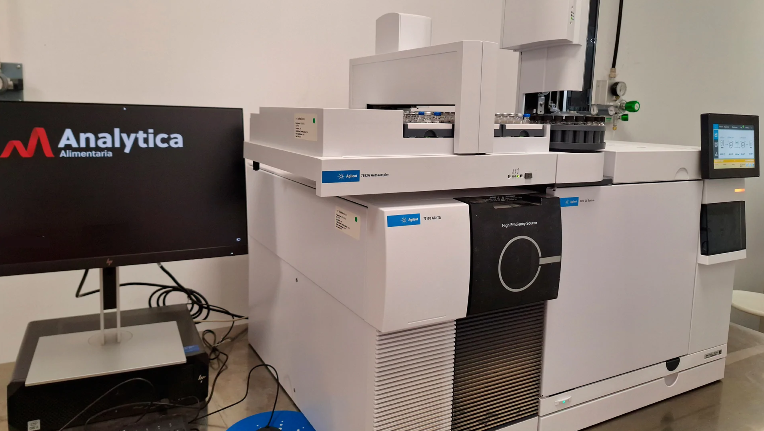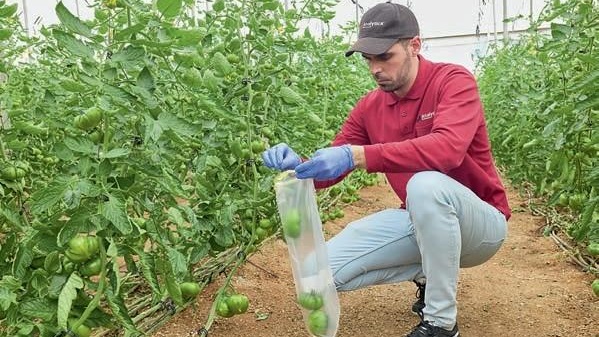Measurements
Alkaline hydrolysis to detect acidic herbicide during multi-residue analysis
Alkaline hydrolysis and evaluation of compliance with EU requirements Routine multi-residue analysis without an alkaline hydrolyze step only detects the acid and ester parts of acidic herbicides. This analysis does not cover possible conjugates that may be formed after field application of an herbicide formulation. The presence of these possible conjugates depends on several factors such as crop type, temperature, humidity, and many others, It cannot be clarified a priori which conjugates will be formed. An additional analytical step is necessary to meet the definitions of most acidic herbicides according to the European Regulation (EC) No. 396/2005. This step is called "alkaline hydrolyses" allowing the determination of all components of these pesticides (including their acids, esters, and conjugates). At Analytica Alimentaria, we offer the optional service of performing alkaline hydrolysis on multi-residue samples in addition to routine analysis. This service can be performed by default on all samples, or optionally only if a sample shows the presence of an acidic herbicide during multi-residue analysis. However, by applying only this second option, there is the risk of false negatives (if no free acids are present, but only corresponding esters and conjugates). This can only be avoided by performing hydrolysis even when there is no indication of acidic herbicides in the multi-residue sample (i.e. ordering alkaline hydrolysis to be performed, regardless of results). In this way, we can comply with the legal European residue definition of acidic herbicides and subsequently make a correct evaluation according to EU regulatory requirements.
05 July, 2022
Alkaline hydrolysis and evaluation of compliance with EU requirements Routine multi-residue analysis without an alkaline hydrolyze step only detects the acid and ester parts of acidic herbicides. This analysis does not cover possible conjugates that may be formed after field application of an herbicide formulation. The presence of these possible conjugates depends on several factors such as crop type, temperature, humidity, and many others, It cannot be clarified a priori which conjugates will be formed. An additional analytical step is necessary to meet the definitions of most acidic herbicides according to the European Regulation (EC) No. 396/2005. This step is called "alkaline hydrolyses" allowing the determination of all components of these pesticides (including their acids, esters, and conjugates). At ANALYTICA ALIMENTARIA, we offer the optional service of performing alkaline hydrolysis on multi-residue samples in addition to routine analysis. This service can be performed by default on all samples, or optionally only if a sample shows the presence of an acidic herbicide during multi-residue analysis. However, by applying only this second option, there is the risk of false negatives (if no free acids are present, but only corresponding esters and conjugates). This can only be avoided by performing hydrolysis even when there is no indication of acidic herbicides in the multi-residue sample (i.e. ordering alkaline hydrolysis to be performed, regardless of results). In this way, we can comply with the legal European residue definition of acidic herbicides and subsequently make a correct evaluation according to EU regulatory requirements.











